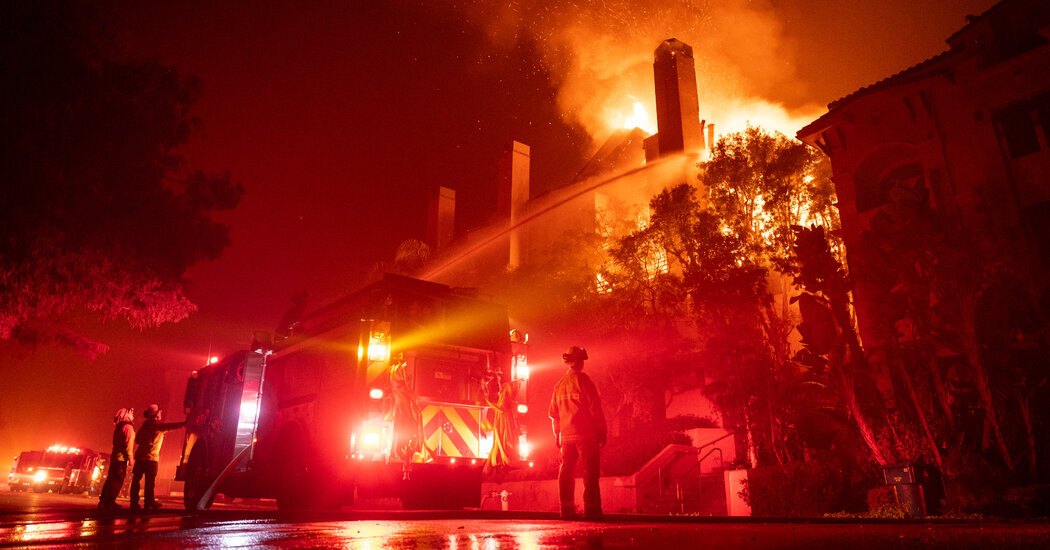

Extreme weather disasters, increasing as the planet warms, can curb blood donations while increasing demand, a new analysis found.
Climate change is coming for something surprising: the world’s blood supply.
Warming and extreme weather can slow blood donations, disrupt blood transport and risk the safety of transfusions, according to a new study published on Wednesday in The Lancet Planetary Health.
Extreme weather events as a result of climate change can increase demand while also limiting supply, leading to blood shortages when they’re most needed. Avoiding this deadly mismatch of supply and demand is crucial.
“Any major disruptions to the availability and safety of the blood supply puts lives at risk,” said Elvina Viennet, an infectious disease researcher at the University of the Sunshine Coast in Australia and one of the lead authors of the study.
It is the first global assessment of how climate change affects blood supplies.
Dr. Viennet and her collaborators reviewed dozens of studies on how extreme weather events, which are increasing around the world because of climate change, affect physical and mental well-being, the spread of infectious diseases, the safety of blood transfusions and other aspects of public health. They then connected those findings to each stage of the blood supply network.
Weather events such as hurricanes, flooding, heat waves, wildfires and snowstorms can physically keep people from donating. Roads may be impassable and, depending on the disaster, people may have more immediate problems of their own to handle. Mobile donation centers could be unable to deploy where they’re needed.



